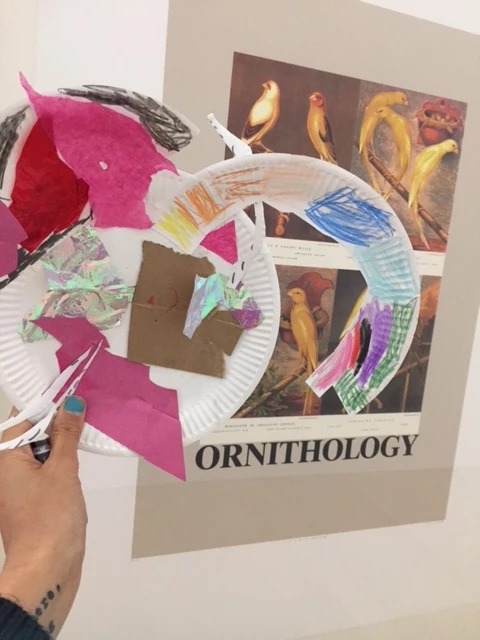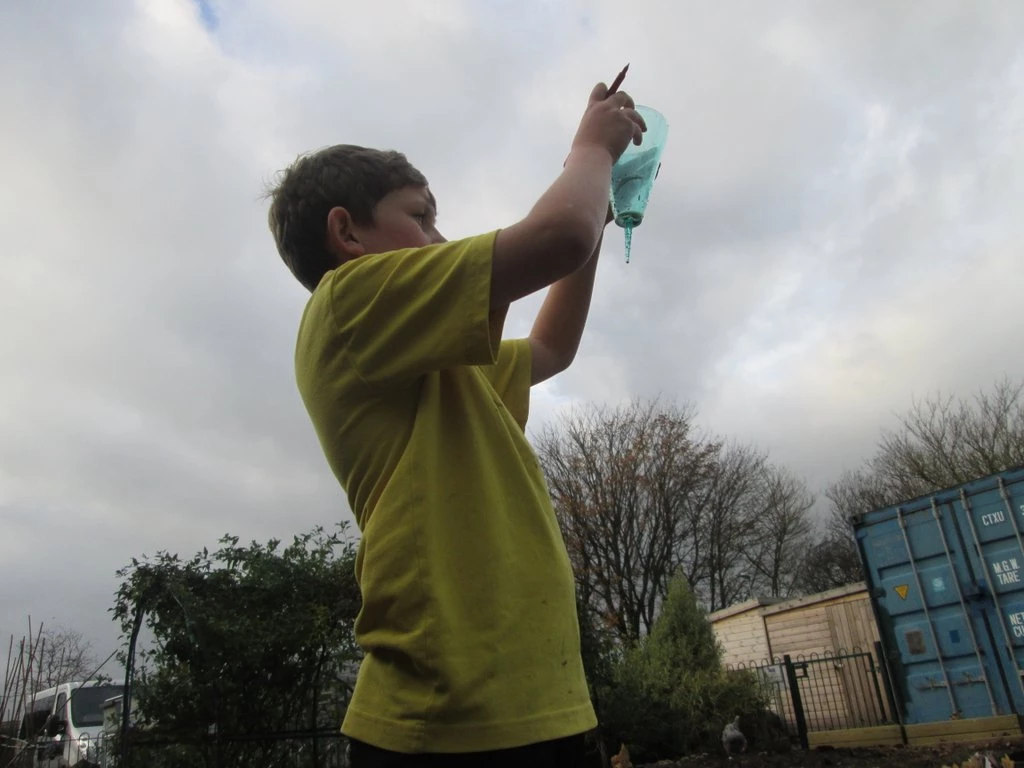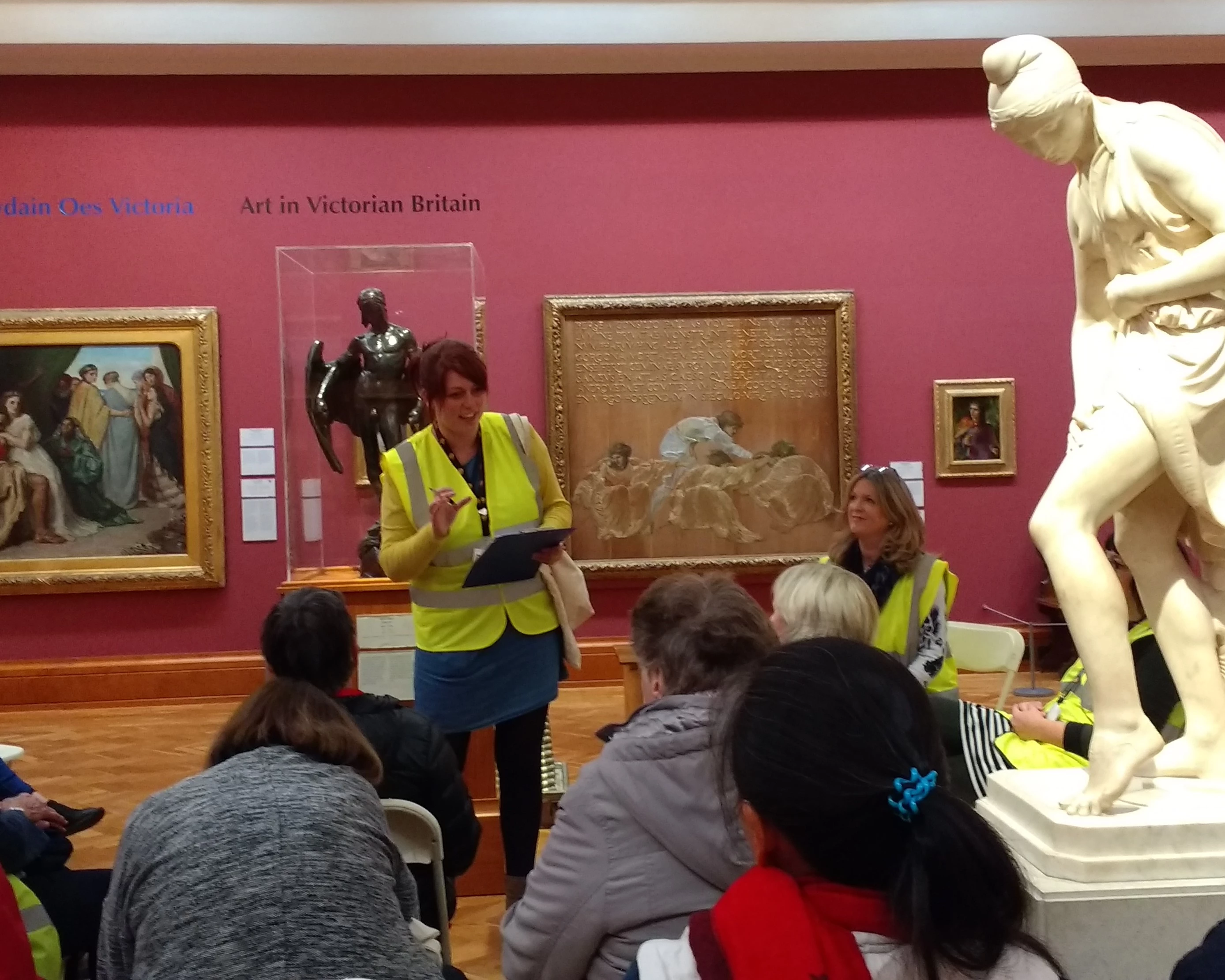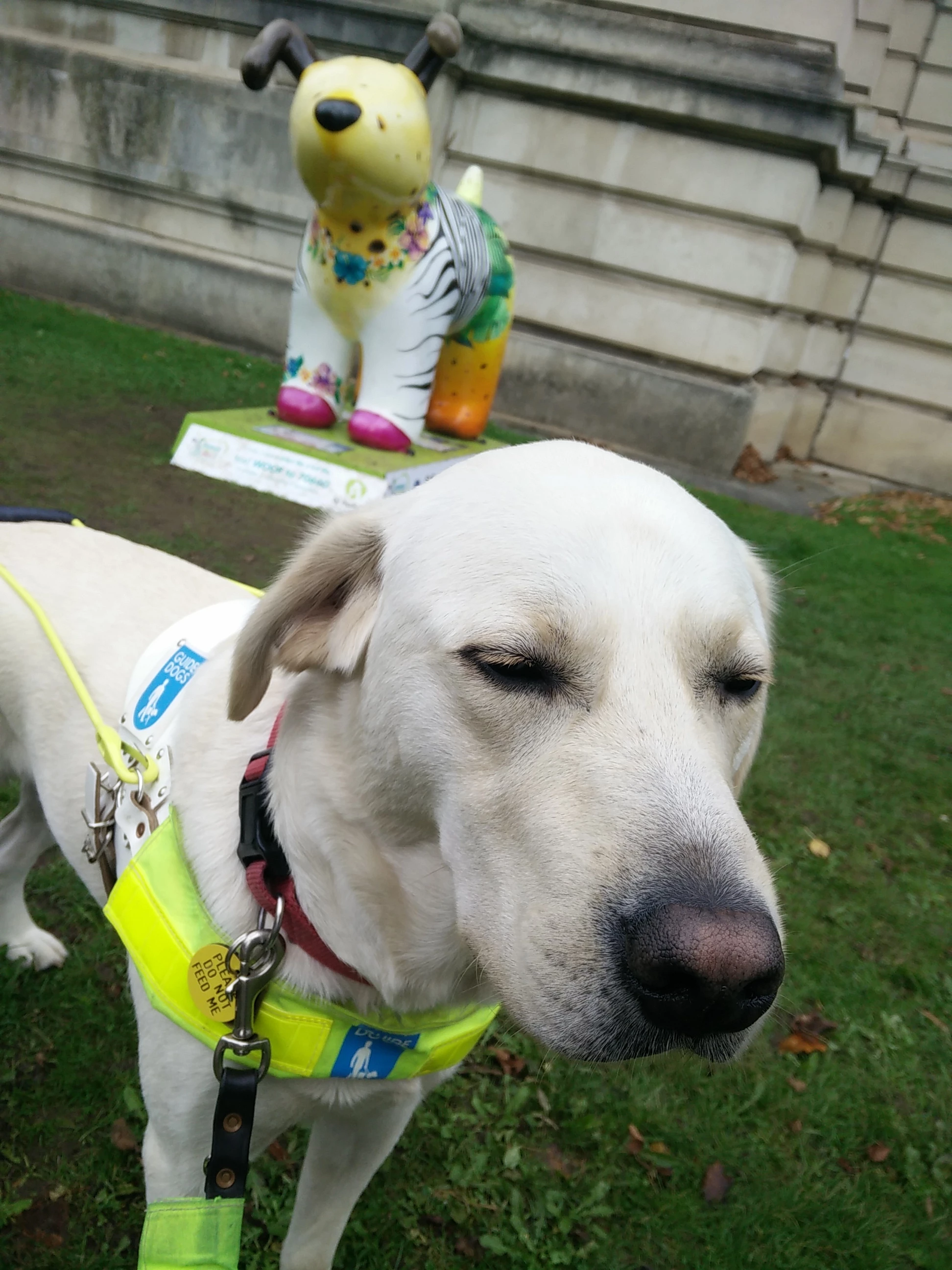Hi Bulb Buddies!
I hope you all enjoyed your half term holidays!
I want to say a big thank you for all your hard work on planting day. You helped to plant 17,360 bulbs across the country! And from the photos I’ve seen, it looks like you all had a great time doing it!
Weather records should be kept from 6th November. Please make sure that your thermometer and rain gauge are in a suitable place next to your bulbs so that you can begin taking your daily weather readings!
It’s a good idea to practise taking readings beforehand. You can do this by adding water to the rain gauge, noting the measurement and then checking that everyone has taken the same reading!
There is a resource on the website to help you prepare for taking weather records. I’ve attached this here in case you haven’t already seen it! This resource helps you to answer important questions, such as ‘why rain fall and temperature readings are important to our investigation into the effects of climate on the flowering dates of spring bulbs’!
Use your Weather Chart to log the rain fall and temperature every day that you are in school. At the end of each week, log into the Spring Bulbs website to add your weekly readings. You can also leave comments or ask questions for me to answer in my next Blog!
Let me know how you get on! You can share photos with me via email or Twitter.
Keep up the good work Bulb Buddies!
Professor Plant
Your comments:
Professor Plant: Thank you for all your lovely comments Bulb Buddies! I'm glad you are enjoying the project, I look forward to seeing your weather readings!
Portpatrick Primary School: Hi Professor Plant, Portpatrick Primary enjoyed planting all our crocus and daffodil bulbs today on our first day back at school for the new term. Watch this space!
Auchenlodment Primary School: Hello Professor Plant, Primary 4 children from Auchenlodment Primary in Renfrewshire,have successfully planted their bulbs today. We are all very excited to see them grow over the next few months!
Pollyplatt Primary School: Pollyplatt Primary School, Scampton, Lancaster & Wolsley class have planted their bulbs today. We are looking forward to spring time and our colourful flowering bulb display.
Potterhanworth Primary School: Hello Professor Plant, We are the children from Potterhanworth Primary School and we have just finished planting our baby bulbs! We are all very excited to see how long it takes for them to begin to grow and flower! Bye, Potterhanworth Primary School.
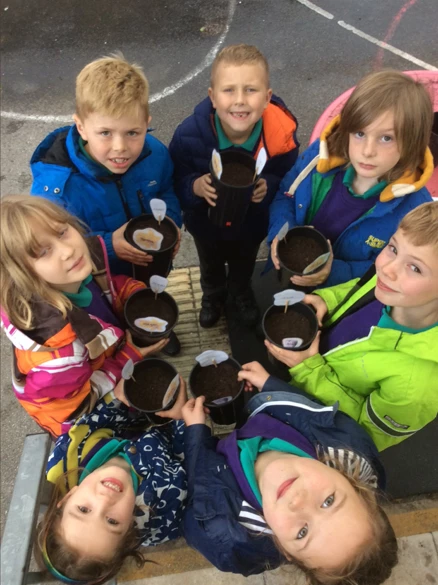

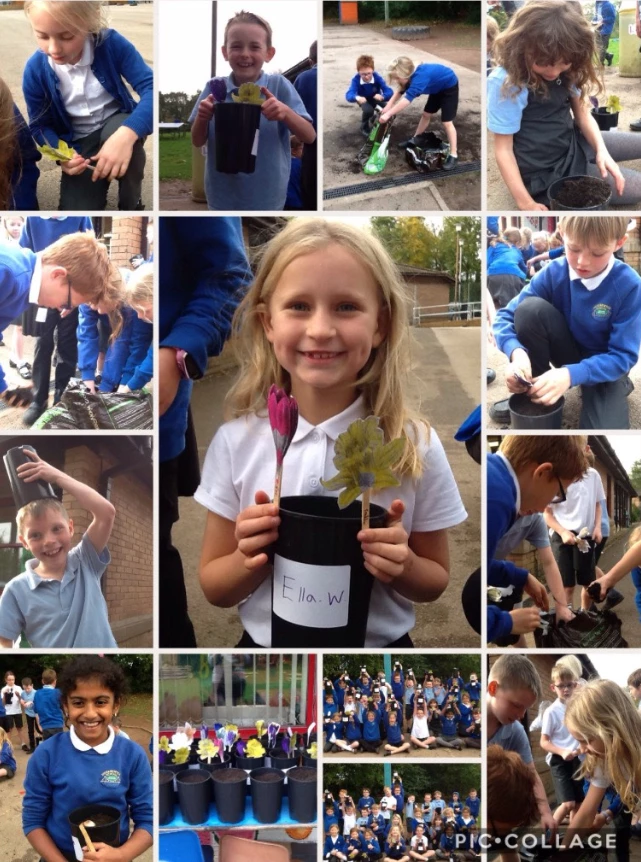
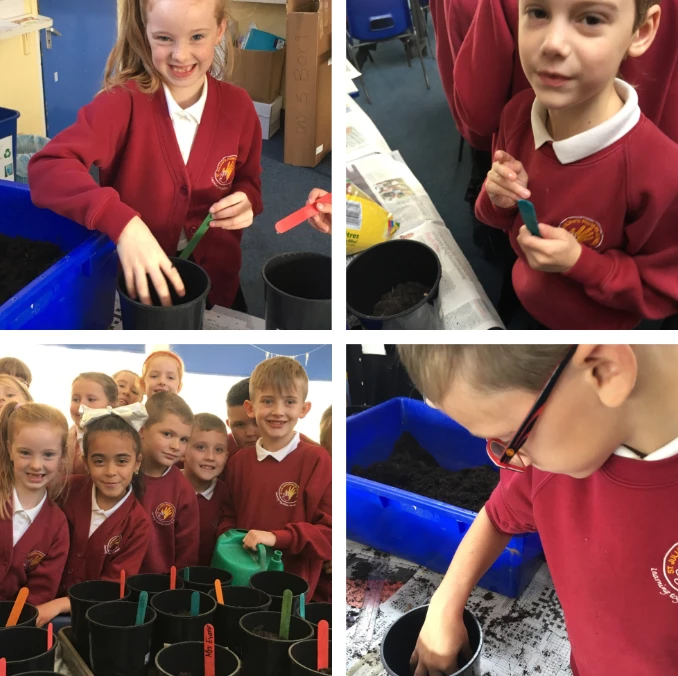
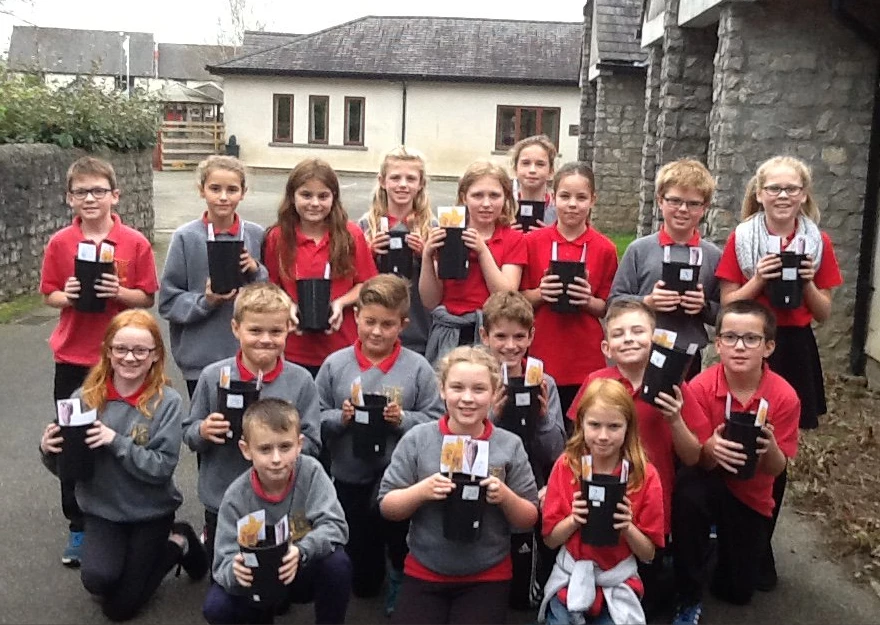
![National Museum Wales Heads of Departments 1922 [Lee is third in from the left]](/media/43208/version-full/NMW-HODs-1922.webp)
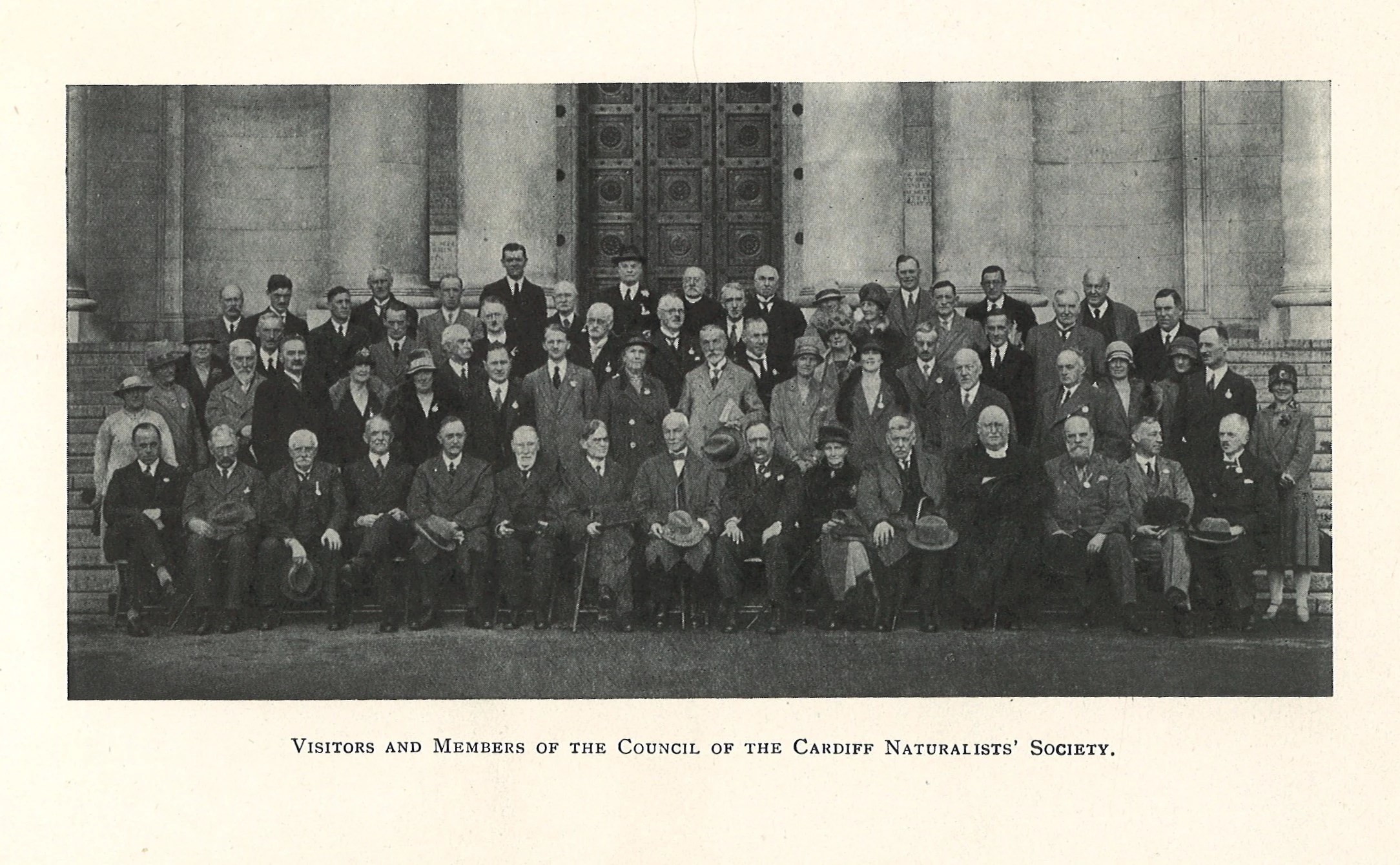
![Cardiff Naturalists' Society visit National Museum Wales in 1927 as part of their Diamond Jubilee celebrations [guide to photo above] Both images from CNS Transactions volume 60](/media/43212/version-full/CNS-image-guide.webp)
![16th Glamorgan Home Guard 'National Museum Wales section' [circa. 1940]](/media/43214/version-full/NMW-Home-Guard-WWII.webp)
![Visit of Her Majesty the Queen 18 July 1951 [Lee holding ceremonial staff]](/media/43215/version-full/Visit-of-Her-Majesty-the-Queen-18-July-1951.webp)
